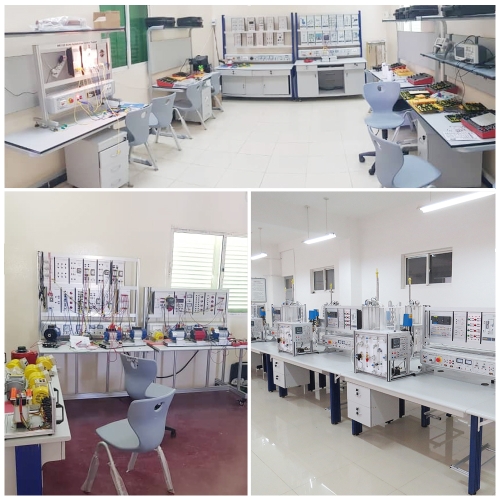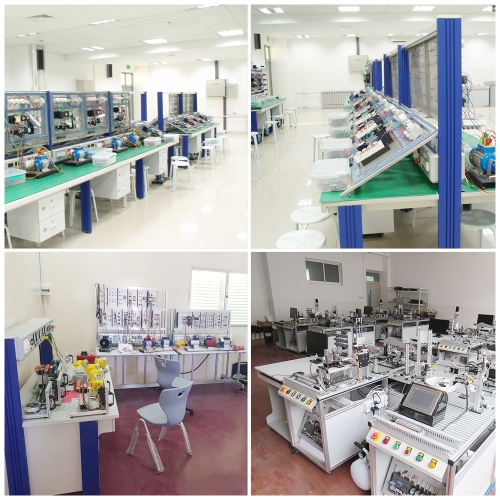H408 Fluid Friction Apparatus Hydrodynamics Experiment Apparatus Teaching Equipment
FLUID FRICTION APPARATUS
Fluid Friction Apparatus allows students to study flow, flow measurement techniques and losses in a wide variety of pipes and fittings.
The equipment has three water circuits with instruments, pipes and pipe system components. These allow students to examine and compare the different component characteristics. The Digital Hydraulic Bench (H1F, available separately) supplies the circuit with a controlled flow of water. A space-saving vertical panel holds all the parts for easy use.
To measure pressure loss across components, students use a piezometer set and differential pressure gauge (included).
To perform experiments students record the temperature of water in the hydraulic bench and set the hydraulic bench to pump water through a circuit. They measure pressure losses across instruments or components. The hydraulic bench gives an external flow rate for reference and comparison.
The flow measurement instruments show students the common methods of measuring water flow. They also give applications of the steady flow energy equation (Bernoulli’s equation). Students use a Venturi meter and an orifice plate meter and compare the losses of each. They also find the losses in a rapid enlargement.

The equipment also includes a Pitot-static tube. By traversing the Pitot across the pipe diameter, students can find the velocity profile and flow coefficients. They also find the relationship between the flow rate and pressure differential.
An artificially roughened pipe allows students to study friction factor at different Reynolds numbers. They can compare results to those predicted by Nickuradse’s results and a Moody chart.
LEARNING OUTCOMES
• Use of the Pitot-static tube
• Flow measurement using a Venturi meter and an orifice meter
• Smooth pipes
• Artificially roughened pipe
• Straight pipe loss
• Sudden expansion and contraction
• Bends and elbows
• Valves
• In-line strainer


